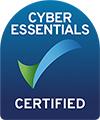Continuous real-time Water Quality Monitoring as a Service (WQaaS): what’s really in the service ?
The advantages of Continuous Water Quality Monitoring for truly understanding a body of water and its water quality status were recently highlighted by evidence submitted to the UK Parliamentary Environmental Audit Committee (EAC). Salmon and Trout Conservation recommended the use of Continuous Water Quality Monitoring, especially with the ‘spikey’ nature of discharges from such industries as watercress and trout farming. It said that the technology has progressed so markedly that continuous monitoring should now be both practical and affordable for the Environment Agency to use widely, especially for potentially high-risk polluters such as sewage treatment works.
There are many technologies that must operate seamlessly together for a robust and accurate real-time Continuous Water Quality Monitoring Service. If we think of these technologies arranged in a stack, there are sensors at the bottom of the stack taking the water quality measurements and there is a display at the top that provides the water quality data in views along with functionality for the end user, either stand-alone or integrated with other useful data: flow and level for example. But what else is in the stack and what is its purpose? In product literature, Sensor Manufacturers concentrate on the sensor products, their set-up, operation and maintenance and Software Houses concentrate on providing the functionality that the end user requires to do their job, so what about all of the essential technologies in between?
Meteor Communications is in the unique position of providing a complete, robust and field-proven Continuous Water Quality Monitoring system that has contributed to the successful prosecution of polluters in England and is now used by many UK Water Utilities. Moreover, the system may be purchased as a service: Continuous Water Quality Monitoring as a Service (WQaaS), making it a cost-effective way of building a reliable database for any project where high-quality, reliable data is paramount.
Following is an insight into Meteor’s WqaaS System Technology Stack.
Comprehending the Technology: it all ends in Tiers
Meteor’s technology stack is based upon the structure of the Open Systems Interconnection model (OSI model) for telecommunications and computer systems. It is essentially a method of organising and abstracting complex system technologies into a stack of logical layers or tiers to aid understanding and provide a framework for robust, future-proof systems. Meteor’s WqaaS system stack is comprised of the following tiers:
|
Tier |
Description |
End User Application Interface |
Web browsers, smartphones, tablets and Machine to Machine (M2M) devices |
End User Application Rules |
Data visualisation, sensor correlation, alarms, reports and AI |
End User Application Middle-ware |
Makes the application service scalable under heavy user load |
Data Storage |
Ensures integrity of the data, scalability under heavy user load and uniform, fast data retrieval times |
Data Decode/Encode |
Decoding and encoding of data received from and sent to outstations |
Communication |
How data is sent to and received from outstations over long distances: GSM, 3/4G |
Data Acquisition |
Receive and send data to multiple Sensor Manufacturer devices, control pumps, samplers and other devices |
Sensor Instrumentation |
The sensor devices from Multiple Sensor Manufacturers |
Description of the Tiers
Following is a brief description of the tiers.
End User Application Interface
Any type of device that the end user wishes to work with for Continuous Water Quality Monitoring: PC, laptop, tablet, smartphones; even Machine to Machine (M2M) interfacing may be considered.
End User Application Rules
These are the core system functions and facilities that make the system productive for the end user, for example: viewing graphs/data, sensor correlation and spatial analysis to identify man-made pollution, pollution alarms and notifications.
End User Application Middle-ware
This is one of the tiers, along with Data Storage that does a lot of the ‘heavy lifting’, to make sure that the Water Quality Monitoring service is always available 24x7x365 and always provides a fast end-user response time, no matter how many users are logged in and using the functionality at the same time. During a storm or pollution event, the number of active users and the resulting system load may increase by at least a factor of 10.
Data Storage
The Data Storage tier is the other ‘heavy lifter’ that ensures that data is always safe, has integrity and is available. The data retrieval response time must be uniformly fast no matter how much data is being requested by the end users.
Data Decode/Encode
This tier manages the different protocols or languages that the Data Acquisition units are using to communicate with the Data Storage tier for retrieving and storing Water Quality Data. It covers the ‘conversational’ element of end-to-end communication and is built on standard protocols, such as TCP/IP and MQTT. It will also handle how data objects are encoded for transfer and operational resilience issues, such as error checking.
Communication
The Communication tier is concerned with how the remote Data Acquisition Units communicate over a long distance with the Meteor Data Cloud. This would normally be a specialist Machine to Machine (M2M) network built upon all UK-wide Mobile Network Operator networks for fault tolerance and reliability.
Data Acquisition
This key tier sits between the manufacturer’s sensor and the Meteor Data Cloud, sending Water Quality Data back from the field and forwarding directives and commands to the sensor. In addition to managing data flows in a robust manner, it must also perform the critical functions that are required for data sampling, such as controlling pumps, samplers and other remote equipment. This tier really does have a lot to do as many sensors and other types of units may be connected and operating concurrently.
Sensor Instrumentation
Water Quality Sensor instruments that are field proven to be reliable and accurate by water quality professionals may be plugged into Data Acquisition and the data made instantly available in the End User Application Interface. Meteor’s WqaaS system is sensor independent, meaning that the current and future “best in class” instruments will be available as options.
Conclusion
The key requirement for Continuous Water Quality Monitoring is the continuous delivery of real-time data from remote locations and the 24x7x365 availability of the end user application, even under heavy load during a storm or pollution event. Ensuring that you have the right technologies in your system stack will go a long way to ensuring a successful Continuous Water Quality Monitoring project. Moreover, as technologies change and evolve over time, individual layers in the stack may be swapped out, ensuring the longevity of your system and the protection of your investment.

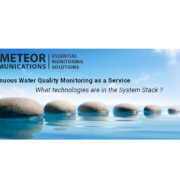
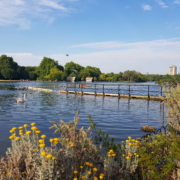
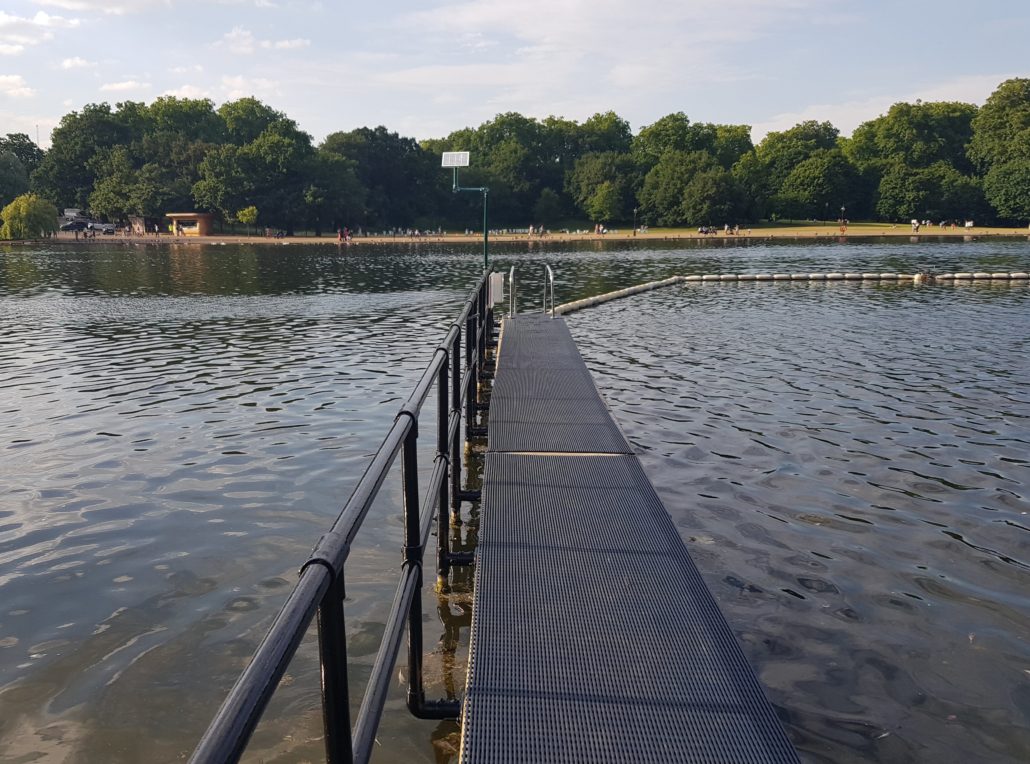 The
The 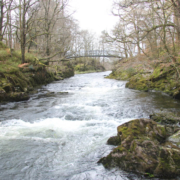
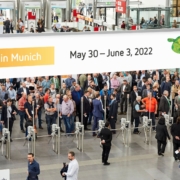
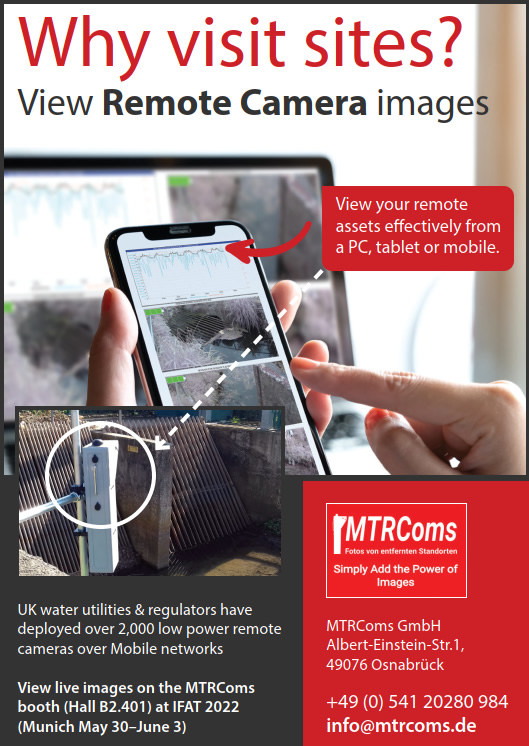 Following their hugely successful deployment all over the UK, the
Following their hugely successful deployment all over the UK, the 
 “Over 300 of our Environmental Sensor Network (ESNET) outstations are currently monitoring UK rivers, but many more will be necessary in the future because, for example, there are over 6,000 sewage treatment works in England alone,” he explains. “The current ESNET users are the Environment Agency, seven water companies, environmental consultancies and other water sector bodies. ESNET produces scientifically robust, legally enforceable evidence that truly reflects the dynamic nature of the surface water environment. It differentiates and identifies sources of pollutants from man-made activity such as sewage treatment works, combined sewer overflows and agriculture; outputting high resolution data for the most important water quality parameters.”
“Over 300 of our Environmental Sensor Network (ESNET) outstations are currently monitoring UK rivers, but many more will be necessary in the future because, for example, there are over 6,000 sewage treatment works in England alone,” he explains. “The current ESNET users are the Environment Agency, seven water companies, environmental consultancies and other water sector bodies. ESNET produces scientifically robust, legally enforceable evidence that truly reflects the dynamic nature of the surface water environment. It differentiates and identifies sources of pollutants from man-made activity such as sewage treatment works, combined sewer overflows and agriculture; outputting high resolution data for the most important water quality parameters.”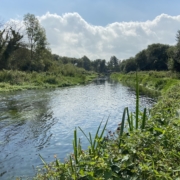
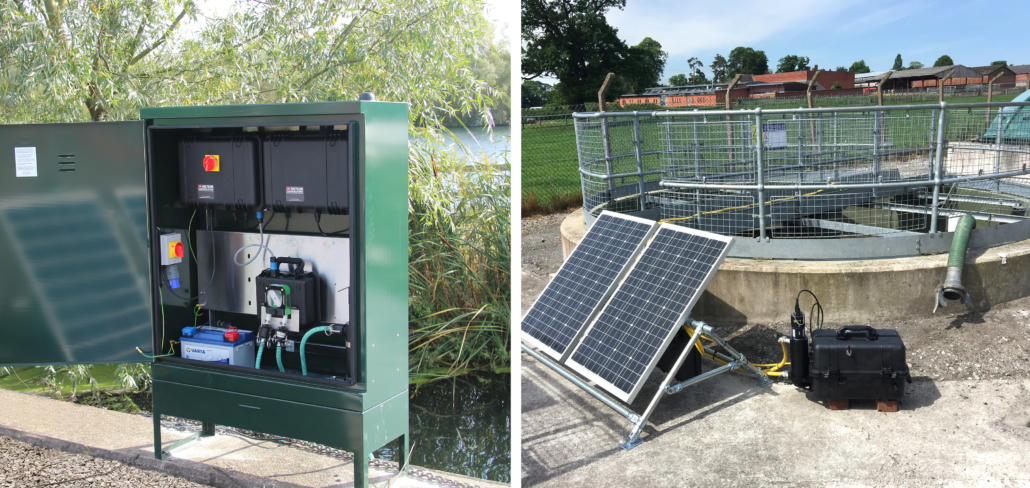 There are two main types of ESNET (Environmental Sensor NETwork)
There are two main types of ESNET (Environmental Sensor NETwork) 
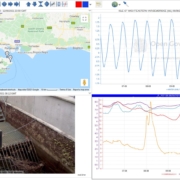

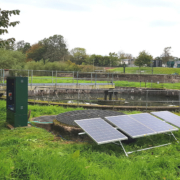
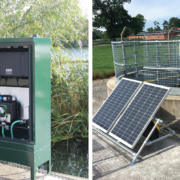
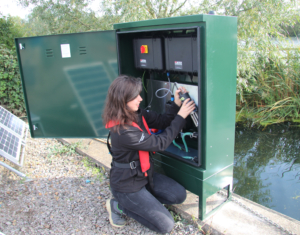 ESNET sondes are typically loaded with sensors for parameters such as dissolved oxygen, temperature, pH, conductivity, turbidity, ammonium, Blue Green Algae and chlorophyll. However, it is also possible to include other water quality parameters as well as remote cameras, water level and flow, or meteorological measurements. The addition of autosamplers enables the collection of samples for laboratory analysis; either at pre-set intervals and/or initiated by specific alarm conditions. This is a particular advantage for water companies and regulators because it enables the immediate collection of samples in response to a pollution incident, which informs mitigation measures and helps to identify the source of contamination.
ESNET sondes are typically loaded with sensors for parameters such as dissolved oxygen, temperature, pH, conductivity, turbidity, ammonium, Blue Green Algae and chlorophyll. However, it is also possible to include other water quality parameters as well as remote cameras, water level and flow, or meteorological measurements. The addition of autosamplers enables the collection of samples for laboratory analysis; either at pre-set intervals and/or initiated by specific alarm conditions. This is a particular advantage for water companies and regulators because it enables the immediate collection of samples in response to a pollution incident, which informs mitigation measures and helps to identify the source of contamination.

